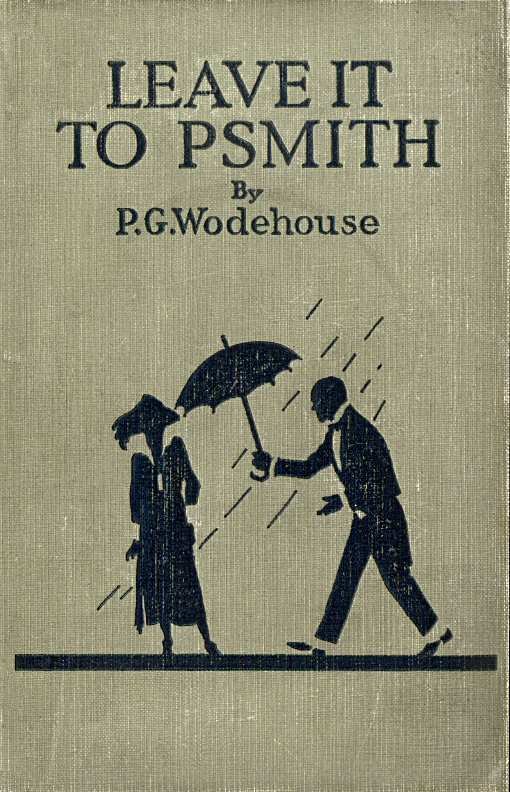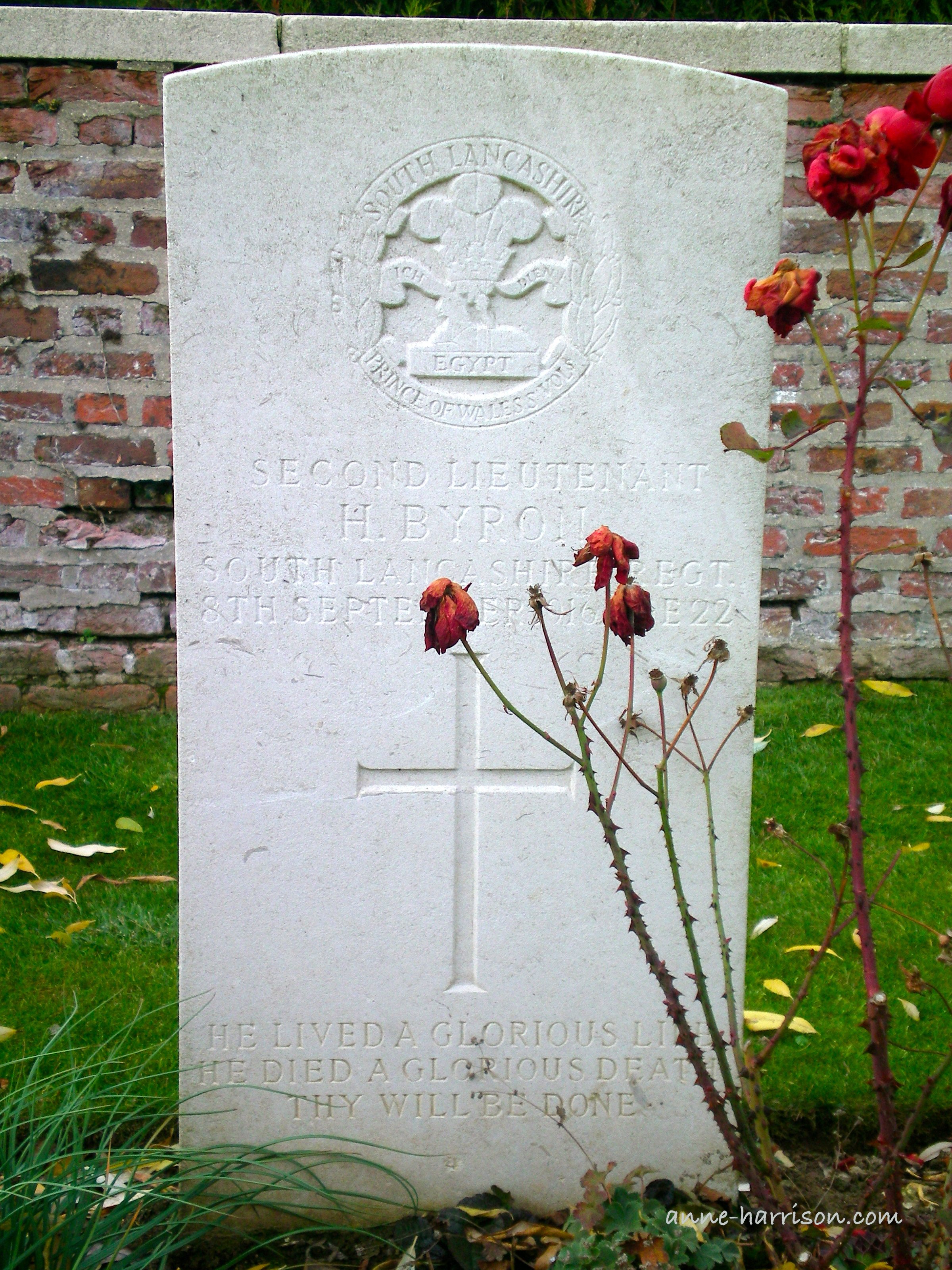Anna Karenina
A Russian Classic Yet Remarkably Modern
All happy families resemble one another, but an unhappy family is unhappy after in its own way.
So opens Anna Karenina, begun by Count Leo Nikolayevich Tolstoy in 1873, and widely regarded as the pinnacle of realistic fiction.
Tolstoy believed a novel should start in media res — in the middle of things. Anna Karenina certainly begins this way, with the Oblonsky household in chaos following the discovery of Stephen’s affair with the governess. From this opening, the characters in Anna Karenina search for their own meaning in the themes of love, marriage, fidelity, jealousy, questions of faith, all against the backdrop of changing contemporary Russian life.
In essence, Anna Karenina tells two interwoven stories. Through meeting Vronsky, Anna realises the emptiness of her existence as the wife of Karenin, a pompous, emotionally immature bureaucrat more interested in his public image than in addressing private turmoil. Consumed by her passion for Vronsky, Anna abandons her son, her marriage and her place in society (a place Vronsky, like other men, does not lose). Her life is one of luxury and wealth, but she is reduced to having no other role than pleasing her lover. Tortured by jealousy, she refuses to have more children for fear Vronsky will lose interest in her, and she becomes dependent upon increasing doses of morphia to dull her unhappiness.
As Anna self-destructs, the love of Kitty and Levin follows its own course, exploring the difficulties of courtship, marriage and parenthood. Levin reflects much of Tolstoy’s own character: his struggle to reconcile his faith with the growing trend of scientific atheism against the confines of traditional beliefs; his love of the land and his quest to improve the life of his peasants, his abhorrence of the rigidity and hypocrisy of Society.
These diverse worlds are linked by the all too-human Oblonsky, whose enthusiasm acts like a Greek chorus as he comments on all around him while charmingly oblivious to the chaos he has created in his own world.
Anna Karenina is a novel entirely Russian, yet also modern, because of the depth of Tolstoy’s characters and how he develops them. For a work which encompasses such grand themes, the characters are all too human, trapped by the dictums and hypocrisies of their society. How each responds and searches for happiness is true to their character. For example, at the novel’s opening Anna seems serene and proves adept at solving the problems of others, yet she cannot halt her own decline into self-destruction.
Much influenced by Victor Hugo, (whom he met shortly after the publication of Les Miserables), Tolstoy’s shadow lies over the work of his contemporaries, such as Dostoevsky, (who declared Anna Karenina “flawless”) and Chekov. Written in the third person omniscient, with brief, dramatic chapters, Tolstoy weaves a balance between the styles of narrative, description, dialogue and internal monologue. His use of stream of consciousness (when describing Anna’s thoughts towards the end of the novel) was to be utilised by writers such as James Joyce and William Faulkner, and his conversion in his latter days to a non-violent spiritual anarchist influenced the writings of men such as Ghandi and Martin Luther King.
Yet the skill of Tolstoy lies in the sympathy and understanding he evokes for all his characters: Anna as she tumbles deeper into despair, Levin as he struggles to find meaning in his own humanity, even the cold Karenin as he falls prey to mysticism. Tolstoy constructed the novel to proceed as aimlessly as life itself; his concern lies not with what happens to his characters, but rather why they do what they do. He later wrote “I am proud of the architecture — the arches have been constructed in such a way that it is impossible to see where the keystone is.” For these reasons alone, Anna Karenina is considered by many to be the greatest modern novel.
Enjoy my writing? Please subscribe here to follow my blog. Or perhaps you’d like to buy me a coffee? (Or a pony?)
If you like my photos please click either here or on the link in my header to buy (or simply browse) my photos. Or else, please click here to buy either my poetry or novel ebooks. I even have a YouTube channel. Thank you!
Plus, this post may contain affiliate links, from which I (potentially) earn a small commission.





Anna Karenina is a novel entirely Russian, yet also modern, because of the depth of Tolstoy’s characters and how he develops them. For a work which encompasses such grand themes, the characters are all too human, trapped by the dictums and hypocrisies of their society. Many consider it the greatest modern novel.